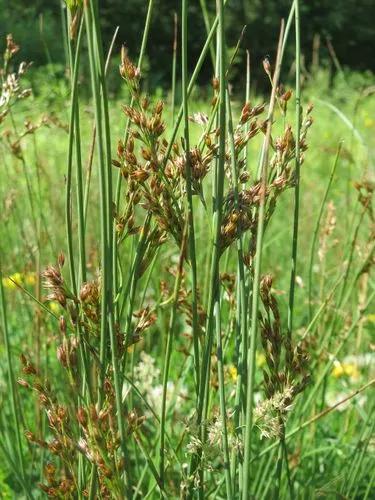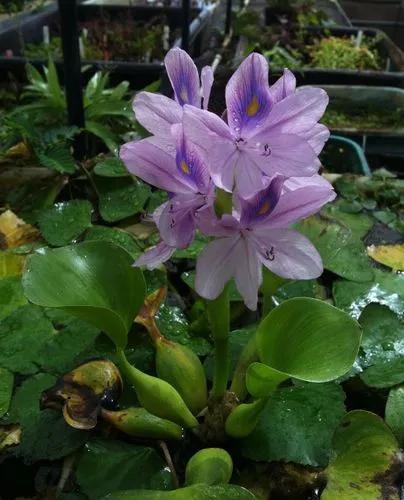These plants have a variety of common names, in British English as bulrush or reedmace, in American English as reed, cattail, or punks, in Australia as cumbungi or bulrush, in Canada as cattail, and in New Zealand as raupo. The familiar bulrush found beside ponds, lakes and streams, is too large and invasive for all but the largest gardens, but Typha minima is a tiny species with a perfect miniature form. It’s ideal for growing in small ponds and even aquatic tubs.
Cat Tails Care
Typha



Many parts of the Typha plant are edible to humans. Before the plant flowers, the tender inside of the shoots can be squeezed out and eaten raw or cooked.
How to Care for the Plant

Water

As you would expect from a marshland species, cattails need a lot of moisture to thrive, and this is the most vital element of their care. The soil should be kept wet, and this is why they do best in areas where this can happen naturally. These plants can grow in standing water, with some reports suggesting they will still survive even if this is as much as two feet deep.

Pruning

Timing is everything if you decide to mow or cut your cattails. Cutting them in May stimulates growth, so wait until late summer if you are only going to cut once. If you cut the cattails below the water line two or three times in a season, very few cattails will grow back the following year.

Fertilizer

Fertilizing cattails isn't generally required or recommended. But if you want, fertilize once in early spring. Use a well-balanced organic fertilizer designed for water gardens. The plants will remove the nutrients they need from the water garden for the rest of the season.

Sunlight

Full sun to part shade.

Soil

While cattails can grow in a wide variety of soil conditions.

Temperature

Hardy plant – withstands winter low temperatures.

Popularity

6 people already have this plant 9 people have added this plant to their wishlists
Discover more plants with the list below
Popular articles






